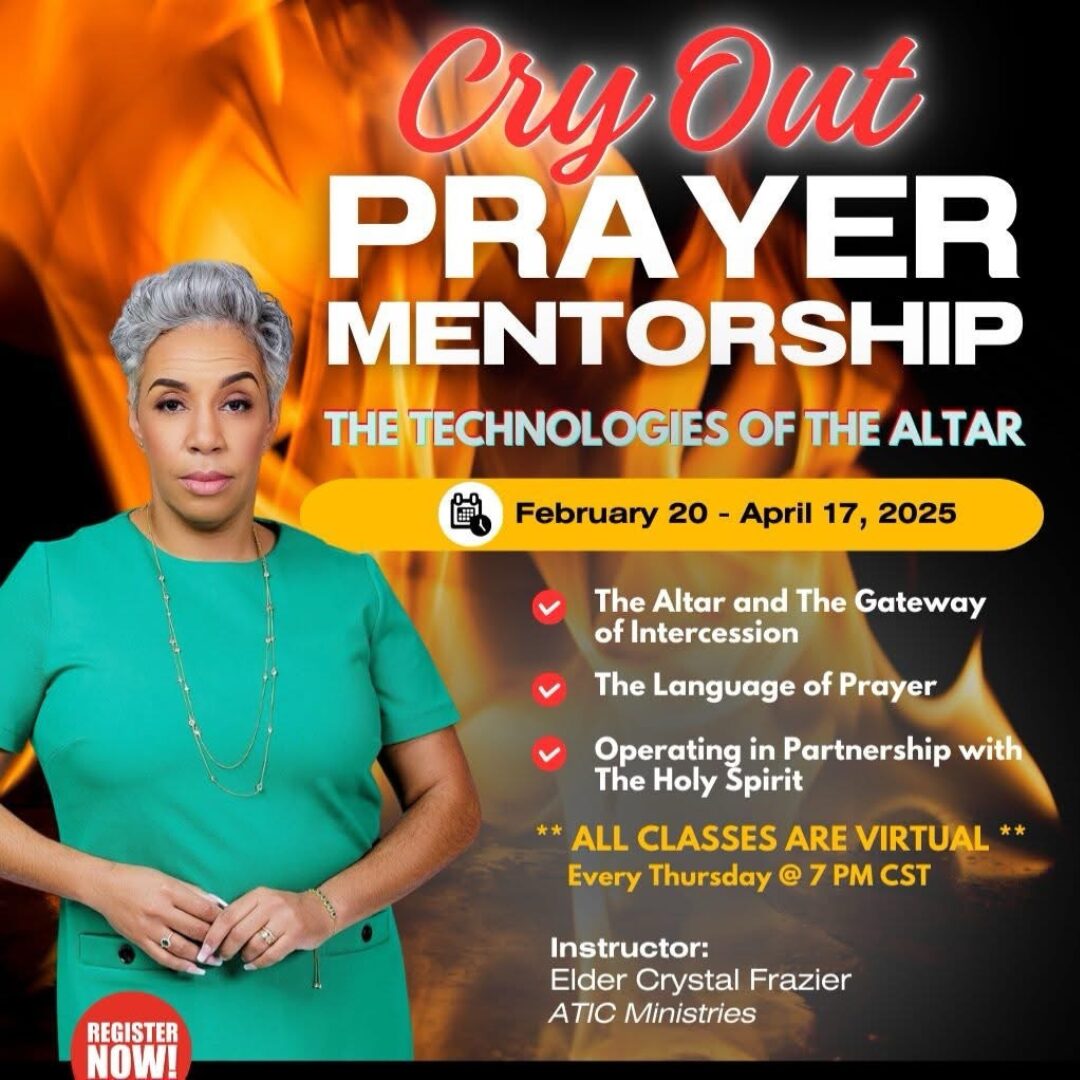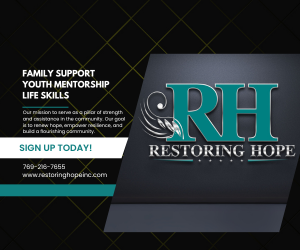Key Takeaways
- The wealthiest 0.1% wield significant power, impacting the balance of opportunities.
- African American entrepreneurs face unique challenges due to systemic disparities.
- Community empowerment and narrative reshaping are essential for reclaiming control.
Navigating the Illusion of Opportunity
You’re steering through a world where the American Dream feels more like a mirage than a reality, especially when the wealthiest 0.1% hold most of the power.
If you’re an African American entrepreneur or professional, you’re keenly aware that the playing field isn’t level.
But don’t let that stop you. Immerse yourself in how these disparities impact our community and discover ways we can reshape the narrative.
Who’s really in control, and how do we reclaim our power?
Shifting Beliefs: The Evolving Perception of the American Dream
While the American Dream has always been a beacon of hope and opportunity, it’s no secret that the perception of this dream is shifting, especially for those in our vibrant African American communities.
You see, cultural values and societal expectations now mold how we view success and fulfillment. What once focused on equality and justice has transformed into a quest for personal happiness and meaningful relationships. Over time, increasing consumerism and materialism have threatened the environment, prompting a reevaluation of what true success entails.
As cultural shifts occur, you might notice that younger generations prioritize mental well-being and social justice over mere material success. This evolution reflects broader changes in societal norms, where the dream isn’t just about wealth but about a more inclusive and equitable society.
It’s essential to understand these dynamics and redefine what the dream truly means for our community.
Wealth Disparity: The Concentration of Economic Power
As we rethink the American Dream, there’s a pressing issue we can’t ignore: the staggering wealth disparity reshaping our country.
Wealth distribution and economic power are increasingly concentrated among the elite. Did you know that the top 0.1% now hold 14% of U.S. wealth?
Here are some eye-opening facts:
- Top 1% Wealth Growth: They’ve seen a 300% increase since 1989, while the bottom 50% have stagnated.
- Racial Wealth Gap: White households control 84.2% of U.S. wealth, highlighting significant racial disparities.
- Middle-Class Decline: The 50-90% wealth bracket is shrinking, affecting social mobility and economic stability.
Understanding these dynamics empowers you to engage in conversations and actions that can lead to meaningful change.
Personal Achievement vs. Collective Reality
Imagine redefining success beyond personal accolades to adopting a collective triumph that uplifts your community. In a society that often prioritizes individual fulfillment, consider the power of community support. The rise in loneliness highlights a need for connection, not just for personal well-being but for the health of our communities. When you focus solely on individual success, you might miss the bigger picture—how your achievements can drive positive change around you. Adopt a balanced approach, where your personal goals align with collective well-being. Here’s how:
| Individual Fulfillment | Community Support | Collective Reality |
|---|---|---|
| Personal accolades | Shared resources | Inclusive growth |
| Self-made mindset | Mentorship | Stronger networks |
| Personal goals | Community goals | Holistic success |
| Independence | Collaboration | Unity and cohesion |
| Personal ambition | Collective vision | Empowered communities |
Prioritize unity for enduring impact.
Socioeconomic Factors Influencing the Dream
Peeling back the layers of the American Dream reveals a complex interplay of socioeconomic factors that can either bolster your aspirations or present formidable hurdles.
Education access and income inequality are key components shaping your journey. Here’s how:
1. Disparities in Education: Access to quality education can be uneven, influenced by socioeconomic status, impacting your ability to achieve economic prosperity.
2. Rising Costs: Higher education costs, coupled with student debt, create significant barriers.
These factors might limit your upward mobility and widen income inequality.
3. Income Gaps: A growing income gap means fewer resources for many.
This affects not just personal growth opportunities but also the economic health of your community.
Understanding these dynamics empowers you to steer through challenges and advocate for change.
Generational Perspectives: Diverse Understandings of Success
Success isn’t a one-size-fits-all concept, especially across generations. For older generations, like the Silent Generation and Baby Boomers, a strong work ethic is key—47% and 43% respectively view it as the cornerstone of success.
You might find that for Gen Z and Millennials, social connections and personal relationships hold more weight, with 42% and 38% prioritizing these aspects.
This shift reflects broader societal changes, accepting the power of community and networks over individual grit alone.
As an African American entrepreneur or professional, understanding these generational perspectives can empower you to steer through diverse environments.
The American Dream: A Collective Reimagining
You might think it’s just a coincidence that as the American Dream evolves, so does your understanding of success. But it’s not. You’re not just a spectator; you’re a creator, shaping a narrative that values community, mental well-being, and shared prosperity.
As wealth disparities widen, your role in redefining the dream becomes essential. Recognize your influence—your voice, your actions, and your unity hold the power to drive the change needed to balance the scales and uplift urban communities.
So, embrace this responsibility and let’s work together to forge a future where the American Dream is accessible to all.















